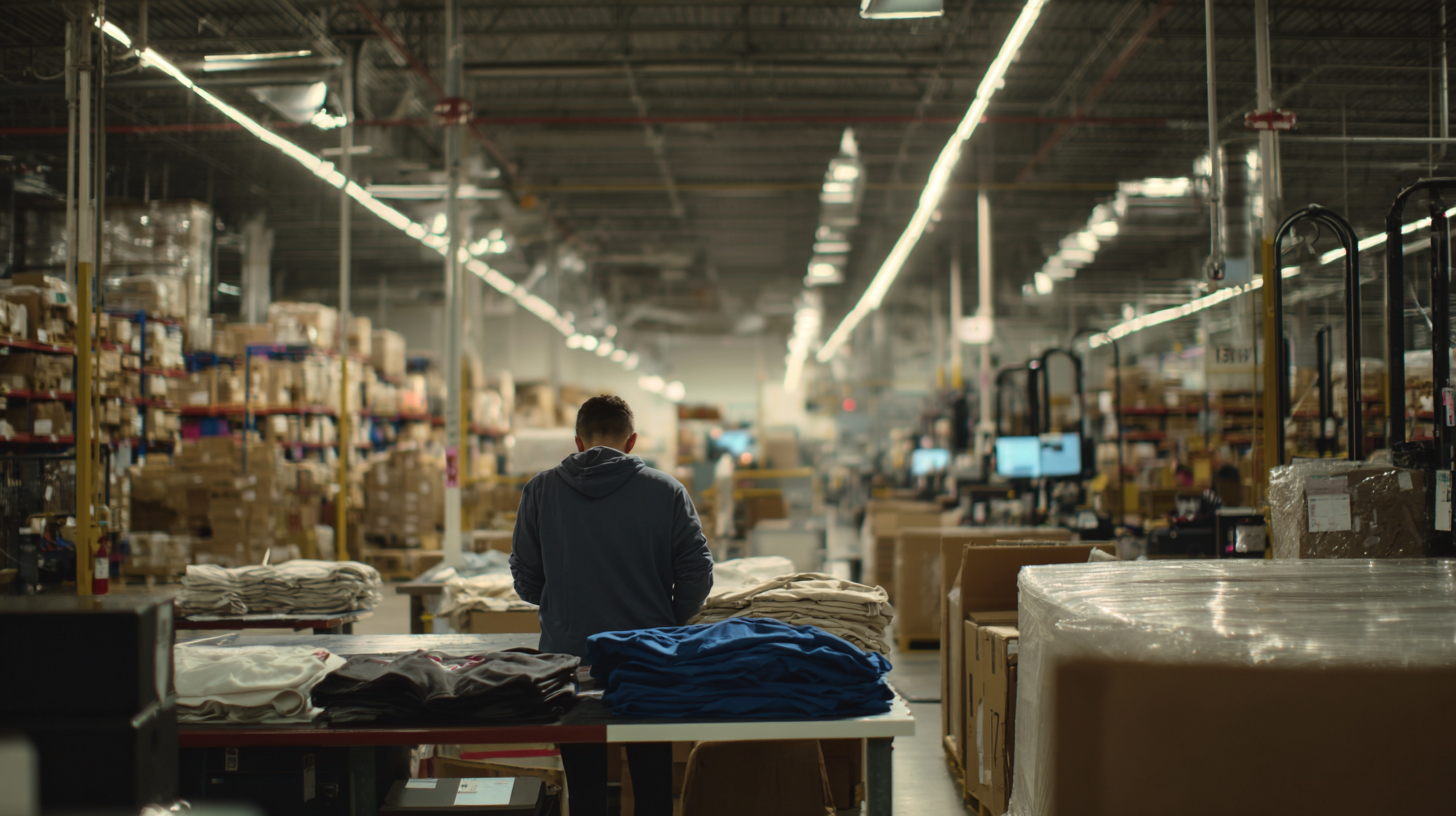As the barriers to returns have lowered, customers now order easily and return just as easily. Today's customers open boxes immediately upon delivery, check components, and examine packaging conditions and appearance. What was once a simple pre-use check has evolved into daily behavior where customers evaluate product completeness like professional inspectors. The moment they detect any "abnormality" in this process, products immediately re-enter the return flow.

Returns are no longer simply about changing one's mind—they now represent rejection based on inspection results. Purchases don't end with delivery but receive another evaluation through "inspection," and reverse logistics has evolved beyond simple recovery-centered processing into a system that operates around customer judgment and evidence.
From limited-edition sneakers to photo cards and luxury goods, the secondary and resale markets are no longer just for niche consumers. As trust and experience with inspected products have spread widely, consumers now expect "inspected condition" as the default.
Major platforms position inspection as a core service, exposing inspection standards and processes like content itself.
Through repeated exposure to these experiences, more and more consumers are adopting an "inspector's perspective" even during regular shopping.
Many recent return reasons don't involve obvious defects. Particularly for collectibles, merchandise, and refurbished products, even minute issues like missing components, scratches, or torn packaging become unacceptable.
Even when there are no usage issues, customers perceive the entire product as one complete experience. The completeness at the moment of receipt has become as important a criterion as the purchase decision itself.
On social media channels like YouTube and Instagram, unboxing videos that document every detail from the moment packages are opened are extremely common. While some unboxing videos are for reviews, they also serve as evidence when problems arise.
Now that unboxing culture has naturally established itself, these videos can become the basis for determining brand image. When there are no problems, they're entertaining content, but when issues arise, they become decisive evidence that can negatively impact brand image. From a business perspective, this environment now requires an Advanced Video Documentation System that can respond to customer inspections.
Return processes used to be simple. Customers would file return requests, send back unused products, and receive refunds in most cases. Customers didn't find return processes complex, and brands typically concluded their response with recovery → verification → refund.
But now it's different. With personalized products, delivery methods, and receipt options customized for individual consumers, the landscape has become complex. In this process, customers immediately check product condition upon receipt, directly determining whether all components are included and packaging is intact.
When they sense abnormalities, they document with photos or videos and provide specific explanations for why they're returning items. This has evolved from simple recovery to inspection-based returns that communicate return reasons along with supporting evidence.

Accordingly, corporate response methods have also changed. While internal operations teams previously handled processes unilaterally, now related departments work together to identify and address problems based on customer explanations and provided materials. This is because many problems have become difficult to explain with text and numbers alone. For example, missing components, minor packaging damage, and shipping condition issues require situation-visible materials rather than numbers to find solutions.
Therefore, Advanced Video Documentation System-based situational data collection has now become essential not only for customers but also for companies. This extends beyond solving problems based on video records to leaving histories as evidence for preventing recurrence and utilizing them for organizational collaboration.

Major marketplaces like Amazon, eBay, and Shopify now demand more proactive explanations when claims occur. Tracking numbers alone are insufficient. Particularly when using outsourced logistics and outsourced customer service, single return cases pass through multiple partners, causing information to scatter and making it difficult even to determine who should bear what responsibility. In such environments, customer response quality must be improved through structures that can verify and manage shipping histories and claim issues in one place.
Trust emerges only when you can show actual shipping conditions, not simple words or speculation. Whether products are missing, damaged, or misdelivered must now be verifiable through "visible proof" like Advanced Video Documentation System or images.
When problems arise, if brands can use their own shipping videos as response materials alongside customer claims and images, customer service responses become much faster while reducing unnecessary emotional drain and cost losses. Most importantly, transparent and rapid responses directly connect to brand trust.
Reverse logistics can no longer be explained by the "return acceptance → refund" flow. Return reasons must be organized by type, inspection results registered, and follow-up strategies designed to determine whether items can be resold, converted to refurbished products, or designated for disposal.
Making this possible requires not simple logistics management, but history-based structured systems. For WMS and OMS systems as well, how precisely they can process and record return processes has become the key focus.
Immediately photographing while checking components and examining conditions upon receipt. This is no longer just the action of opening once, but has become time for evaluating brands and products. Inspection has already become a daily habit, and in this process, brands have been placed in positions where they must prove their trustworthiness.
Simply "having shipped" is no longer sufficient. You must be able to explain how you shipped, and that explanation must consist of data, records, and visually confirmable information. When issues arise, whether you can show the grounds for saying "we shipped properly" is what matters.
The fact that trust comes not from results but from prepared processes must now be provable in logistics as well.